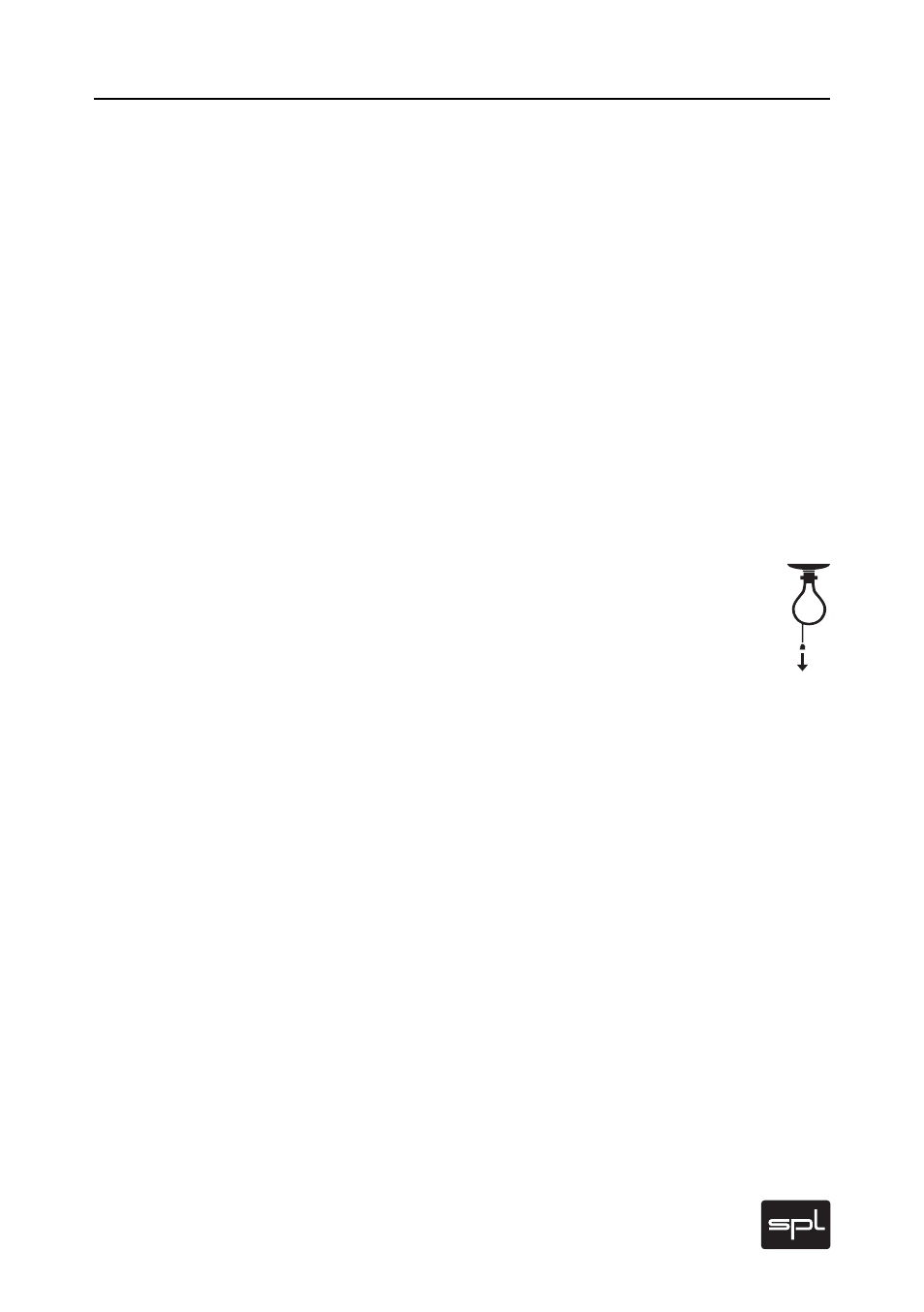Applications and modes of operation – SPL MixDream Model 2384 16x2 Analog Summing Mixer User Manual
Page 23

MixDream
23
Applications and Modes of Operation
Summing of Subgroups
A typical production environment will often have more than the
16 channels of a single MixDream. There are several possible
solutions to this:
1. Well, you could buy additional MixDreams (which we confess
would make us happy—and we’re sure would not disappoint
you), or:
2. Sum your grouped tracks with the MixDream itself.
For example, if you’ve done a chorus backup in 16 solo tracks,
you can adjust your panning in the DAW, then route this to
the MixDream for an analog summing in stereo, which can in
turn profit directly from the MixDream Master Inserts, Stereo
Expander, and Limiter. Having a pro EQ ready for the Master
Inserts means just about every possibility is covered.
We strongly recommend initially processing spatial and loud-
ness-related characteristics with the Stereo Expander and Peak
Limiter in the subgroups (including tracks with such as guitar
overdubs, drums/percussion, keyboards, and so on). You can
apply more extreme settings with subgroups than in stereo
mixes, achieve more differentiated processing and avoid unne-
cessary affects to other groups. In our experience, the above
procedure can yield a much improved sonic quality over a simple
16:2 summing (especially of digitally summed subgroups)—and
also leaves many doors open for creative audio work:
Through extreme limiter adjustments you can turn an inno-
cuous sequencer loop into a heavy duty techno beat, while more
severe stereo expander settings can move an organ sound far
outside the normal stereo image, and so on. A further advan-
tage is that your DAW must only play back a few stereo files and
thus is faced with less track processing. Of course, you keep
your original 16 tracks for possible further work, but these are
muted when listening to the results of your current MixDream
summing.
